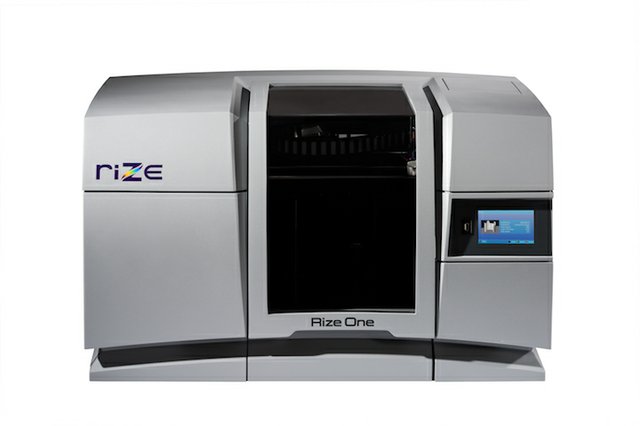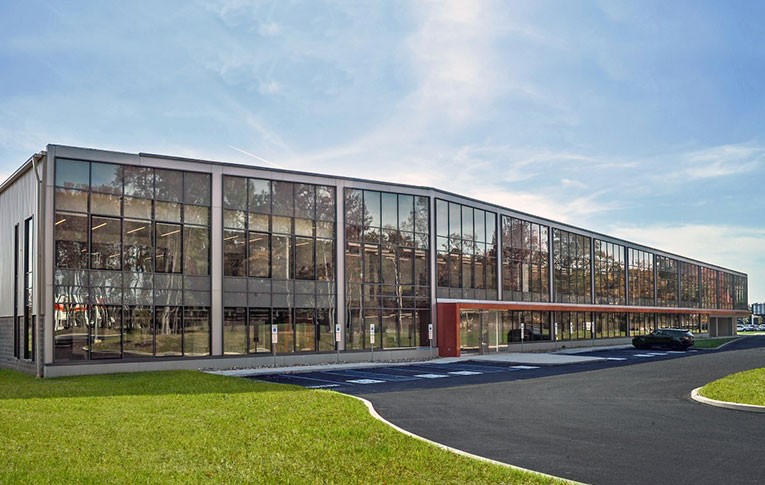Concrete 3D printers are often the most used 3D printers when it comes to construction. New Hudson Façades (NHF) has changed this stereotype for an architecture & construction project. The company that specializes in the design and manufacturing of custom aluminum and glass façade systems for sky scrapers uses 3D printers in the fabrication of different tools.
This time, the Rize One 3D printer is the hero of the story since it enabled the company to save $50K per quarter on fixture costs. The 3D printer of the American manufacturer has already been used in similar projects in the industry. Remember that HMS Industries is currently using the printer to manufacture functional jigs and fixtures for holding parts in machines during CMM quality inspections.
According to Andrew Black, the company’s engineering manager, the 3D printer would be easy to use. “I put Rize One right next to my desk, so I can use it all the time. It’s so easy, anyone can use it”, he said.
 Technically speaking, each project at NHF requires the production of about 100 or 200 unique fixtures that enable to hold aluminum profiles in place, and ensure the perfect fit of the windows. According to experts, the tooling would be manufactured using CNC machines, costing around $200 per part.
Technically speaking, each project at NHF requires the production of about 100 or 200 unique fixtures that enable to hold aluminum profiles in place, and ensure the perfect fit of the windows. According to experts, the tooling would be manufactured using CNC machines, costing around $200 per part.
However, with the use of Rize One, the team did not only produce quickly (about 2 unique parts per day), they also save enough money to invest in another project. Indeed, they saved about $50 on the price of each fixture, thus $200K per year on fixture costs.
The next step now for the team is to explore new applications for the 3D printer. According to Black, the company will start testing 3D printing bar codes onto functional parts, exploiting this way the printer’s ink marking capability.
For further information, follow us on our social media and subscribe to our newsletter! Would you like to be featured in the next issue of our digital magazine? Send us an email at contact@3dadept.com






